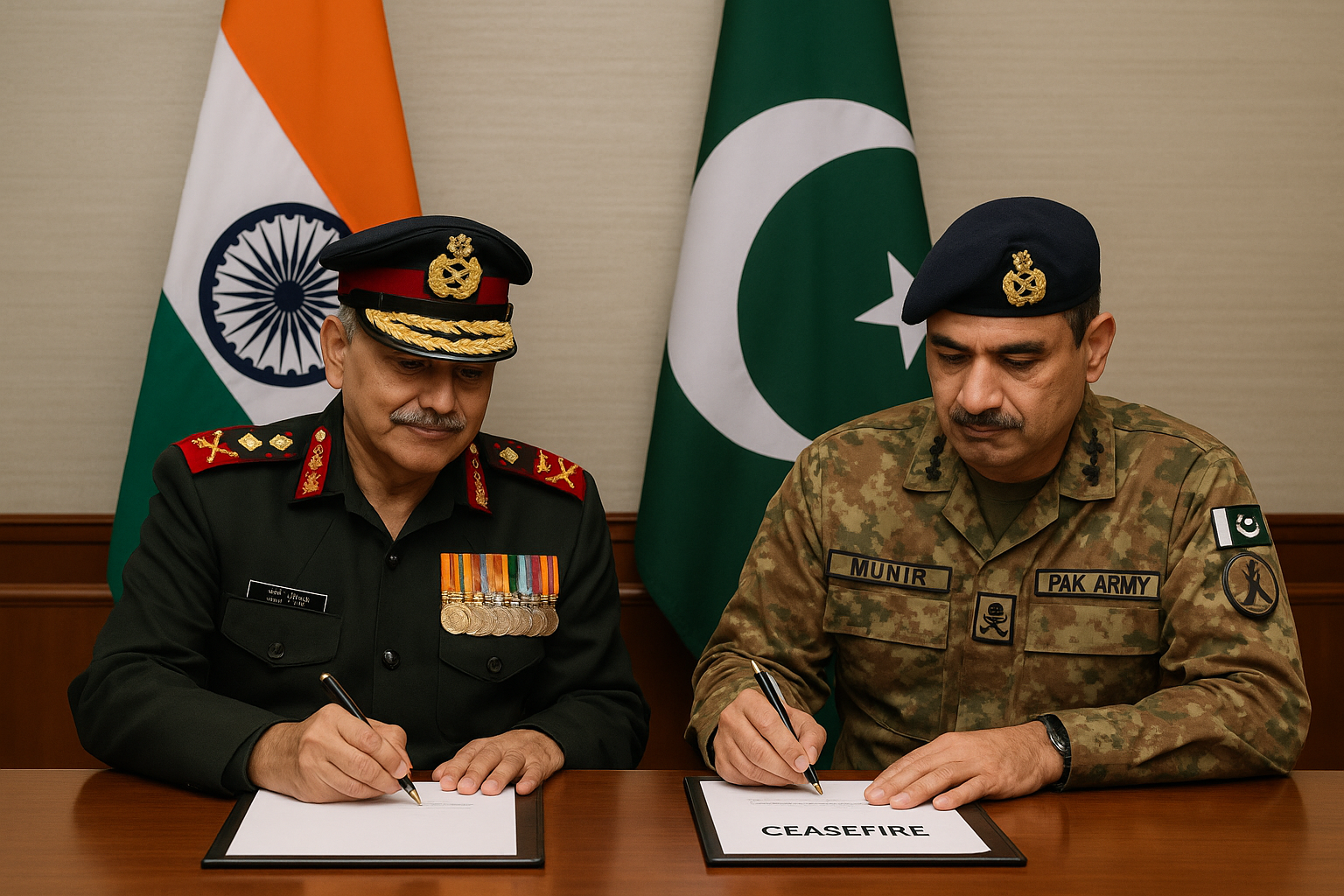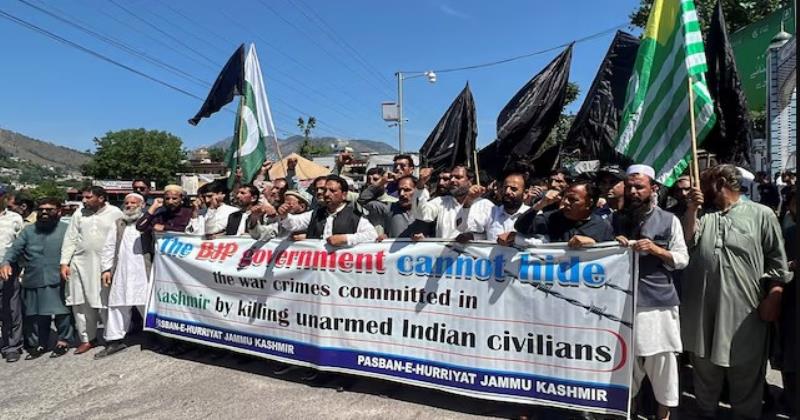May 29, 2025 – Islamabad: As tensions ease on the battlefield following the deadly India-Pakistan standoff in April and early May, a fierce diplomatic confrontation has taken center stage. In a strategic move to reclaim its narrative, Pakistan has launched an ambitious four-nation diplomatic mission aimed at countering India’s international messaging campaign.
Prime Minister Shehbaz Sharif, accompanied by Army Chief Asim Munir—recently promoted to Pakistan’s second-ever field marshal—and Deputy Prime Minister Ishaq Dar, is visiting Azerbaijan, Turkiye, Iran, and Tajikistan in what officials are calling a “diplomatic blitzkrieg.”

India’s Accusations and Global Campaign
India has sent delegations to over 30 countries to press its case that Pakistan harbors groups responsible for cross-border terrorism. This campaign gained traction after the April 22 attack in Pahalgam, where 26 civilians, mainly tourists, were killed. India linked the assault to The Resistance Front, allegedly connected to Pakistan-based Lashkar-e-Taiba, and retaliated with missile strikes on May 7.
In response, Pakistan condemned the Indian attacks, citing civilian casualties and destruction of public infrastructure, and has doubled down on its efforts to portray India as the aggressor threatening regional peace.
Pakistan’s Peace Pitch
At the trilateral summit in Lachin, Azerbaijan, Sharif declared Pakistan’s willingness to engage in peace talks—if India responds in “all sincerity.” He called for dialogue over Kashmir, citing UN resolutions and the “aspirations of the Kashmiri people.”
“We want peace in the region,” Sharif stated, “and that requires talks on the table on issues which need urgent and amicable resolution.”
Strategic and Military Showcases
Pakistan is also leveraging this diplomatic effort to display its military resilience in the recent conflict, highlighting the use of Chinese and Turkish weaponry. Analysts note that Turkiye’s drones and Chinese missiles played key roles in Pakistan’s response to India’s strikes.
Former defense minister Khurram Dastgir Khan suggested this has opened up new avenues for military cooperation and training exports. “Pakistan is now viewed as battle-tested,” he said. “There is global interest in our operational capabilities.”

The Indus Waters Treaty Tensions
A major flashpoint in the evolving crisis is India’s unilateral suspension of the Indus Waters Treaty (IWT), a vital agreement for Pakistan’s water security. Prime Minister Modi labeled the treaty “badly negotiated” and hinted at India’s right to reassess it.
Pakistan, in turn, has warned that any attempt to divert its water could be viewed as an act of war. “If India develops the capability to divert waters in the next 6–10 years, we believe it will trigger a large-scale conflict,” warned Khan.
BrahMos and the Nuclear Angle
India’s use of the BrahMos supersonic missile during the conflict has raised serious concerns in Islamabad. Capable of carrying nuclear payloads, its deployment—even with conventional warheads—represents what Pakistan calls a dangerous escalation.
“Once a missile is in the air, you can’t determine its payload,” said Khan. “This is reckless behavior for a nuclear-armed state.”
India had previously accidentally fired a BrahMos into Pakistan in 2022, admitting the error and dismissing several Air Force officials afterward.
The Global Image War
As India highlights Pakistan’s alleged links to terror, Islamabad counters by accusing India of extremism and recklessness. The diplomatic battle is as much about international perception as it is about national security.
“The Indian teams are united in their narrative,” said Muhammad Shoaib, a security analyst at Quaid-i-Azam University. “Meanwhile, Pakistan is trying to expose Modi’s ultra-nationalism and weaponization of water and missile diplomacy.”

Outlook: A Diplomatic Cold War
While missiles are no longer flying across the border, the diplomatic war between India and Pakistan shows no signs of cooling. With both nations lobbying world powers, the narrative battle could define not only future foreign policy but also the trajectory of regional peace—or conflict.
As both countries vie for global sympathy and strategic alliances, the coming months will test the limits of diplomacy in one of the world’s most volatile nuclear flashpoints.









